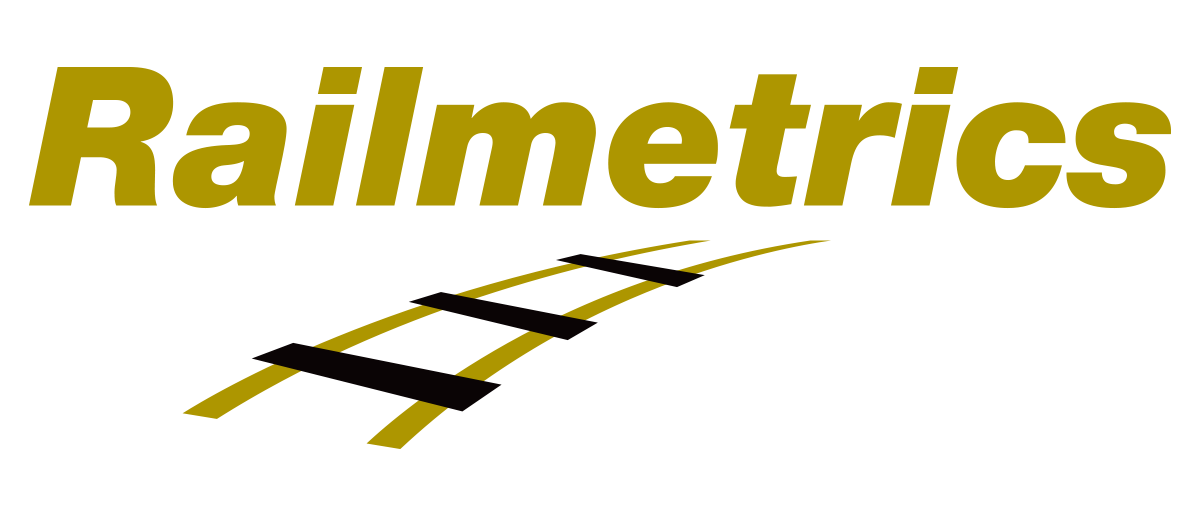ILZA Castle, Poland – Structural Monitoring
Challenge
The Polish town of Ilza dates from the Middle Ages and has seen much conflict and destruction through the years – including the Mongol invasion of the thirteenth century, the Transylvanian and Swedish wars of the 17th century and two world wars in the 20th century. The remains of its castle are therefore treasured and protected by conserved status.
The 14th century castle is built on an artificial mound with its 25 m tower providing a vantage point over the town and surrounding area. Large-scale restoration of the fortified walls and the inner court has been undertaken recently and there was concern that this could disturb or damage the tower. There was therefore a need to monitor the historic structure during and after the works.
Solution
Monitoring experts at TPI considered the challenge and recommended the use of Senceive wireless monitoring to detect structural movement in four parts of the castle. They installed crack sensor nodes on visible surface cracks: this provided insight into the pattern of “normal” cyclic movement associated with changing weather conditions and enabled detection of any abnormal changes outside the routine pattern to be detected.
They also installed NanoPlus Triaxial Tilt nodes and IX Triaxial Tilt nodes on the masonry walls and on the steel staircase structure. These were configured to provide scheduled reporting of detected movement to sub-millimetre accuracy and to send alerts to stakeholders in the event of any pre-set movement thresholds being exceeded.
A cellular FlatMesh™ gateway fixed to the steel superstructure supporting the roof provided a reliable wireless communication link between the site and remote stakeholders.
Outcome
The installation was completed in less than two hours and was performed without damage to the historic structure. Data was available soon after installation via the Senceive WebMonitor™ portal and stakeholders, including the conservators responsible for the building, were kept informed of the impact of the ongoing structural works.
The system was configured to send updates on a 30 minute cycle and to send email/SMS alerts in the event of thresholds being breached. The resulting data indicated a “wave” pattern of movement relating to the daily cycle of warming and cooling (circled red in Figure 1). It was also apparent, however, that there was a trend indicating differential movement in one direction (circled blue in Figure 1). Figure 1 shows how movements have exceeded the Yellow alert threshold on two occasions.
One of the key benefits of Senceive structural health monitoring technology in this type of application is its suitability for monitoring both during construction activity and for an extended period after that activity. The typical battery life of a tilt node is 10 to 15 years and only minimal maintenance is required.
Downloads
Created on: Wed 21st Sep 2022
This implementation of the Senceive FlatMesh™ monitoring system to ensure the safety of an historic building demonstrates the value of this solution. The simplicity and speed of installation, remote access to data for an unlimited number of users, and the non-invasive method of installation make it perfect for historic structures.












